
Why Veterinarians are now opting for DR Systems over CR for Dental Radiographs
31 January 2024
Why Veterinarians are now opting for DR Systems over CR for Dental Radiographs
31 January 2024
In the field of veterinary radiology, we have often been asked whether CR (Computed Radiography) or DR (Digital Radiography) systems, are better for both general and dental applications. Historically, our affiliated veterinarians predominantly opted for DR systems for General X-Rays and CR systems for Dental procedures. However, a notable shift occurred recently. The preference for CR in dental applications was largely due to the variety of plate sizes (0, 1, 2, 3, 4) it offered. Meanwhile. DR was limited to sizes 1, 1.5 and 2 until late 2022. This landscape changed when Size 4 sensors became available, prompting a re-evaluation of the choice between DR and CR for dental radiography.
During live animal dental procedures, we observed a noticeable shift in preferences among veterinarians from CR to DR. This shift in preference directly correlated with the availability of Size 4 DR sensors and their improved suitability for dental radiography.
DR systems offer distinct advantages over CR, and two key factors contribute to this superiority:
- Enhanced speed: The speed at which DR systems can capture images far surpasses that of CR. This rapid image acquisition is a notable advantage.
- Cost-effectiveness: Over the years, the cost of DR sensors has significantly decreased, making them a more economical option compared to a CR system capable of capturing size 4 radiographs.
In the context of dental radiography, it’s valuable to compare the workflows of CR and DR systems. The CR system involves approximately seven steps and can consume up to 15 minutes to complete a full mouth series of radiographs. In contrast, the DR system streamlines the process to about three steps, and with experienced users, it can achieve a comprehensive examination in as little as three to five minutes.
The DR dental system streamlines the entire process, offering significant advantages:
- Sensor preparation: Place the DR sensor in a durable plastic sheath, which can be used for multiple images on the same animal.
- Patient positioning: Position the animal in lateral recumbency, allowing you to capture images of both the maxilla and mandible. Afterward, turn the patient to repeat the process on the other side.
- X-ray image capture: Position your x-ray generator using a bisecting angle technique to obtain views of the incisors and initiate the exposure. Within just few seconds, the resulting image will appear on the monitor, without the need for manual processing. The software handles all necessary adjustments.
- Adjustment flexibility: Should the plate within the mouth not be correctly positioned, you can simply reposition it and take another shot, minimizing the chances of retakes.
- Effortless disposal: Once all images have been captured, you can conveniently dispose of the plastic sheath, streamlining the post-imaging workflow.
In just a few minutes, the entire process can be completed. By adhering to the outlined steps, capturing a series of 10 images on a cat, for example, can be achieved from start to finish in as little as three minutes. Even if you miss the specific region you intended to capture, the DR sensor remains in place, and the x-ray generator, whether wall-mounted, trolley-mounted, or handheld, has not shifted. This allows for quick adjustments and subsequent exposures. A noteworthy advantage of using a DR sensor is the absence of scratches or “feathering” on the images that may occur over time with CR plates. Furthermore, once an image appears on the monitor, just few seconds after firing, the sensor is immediately ready to capture the next image, making the process remarkably efficient.

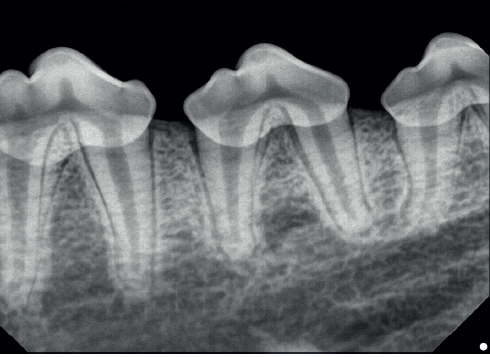
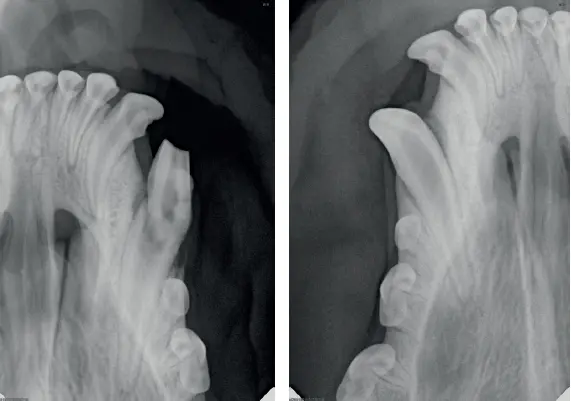
Digital Radiography (DR)
Offers speed and convenience that veterinarians greatly appreciate. The Dental DR system has earned praise for its efficiency, especially when using a Size 2 sensor for cats and small dogs, and a Size 4 sensor for medium to large dogs.
Not just for Dental…
The size of the size 4 sensor is large enough to capture images of small animals too. Perfect for lizards, birds, and much more. When used with the mobile x-ray cart, it is a quick and easy way to capture x-rays without setting up and occupying the x-ray table in your clinic.
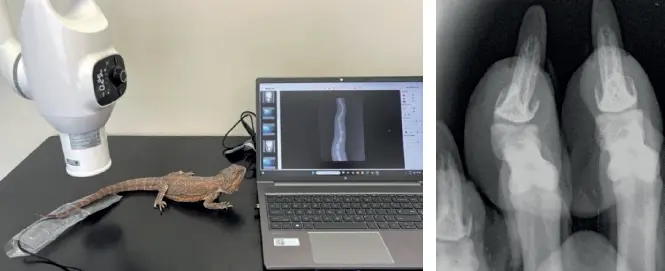
Pictured Right: image of a paw obtained with the size 4 plate.
Diagnostic cameras
High-definition diagnostic cameras have become invaluable tools in veterinary. These cameras produce high quality images that can be magnified and displayed on a screen, revealing even the small details of teeth structure. Such detailed imagery allows veterinarians to engage in informed discussions with pet owners, creating comprehensive and reassuring treatment plans. This modern approach stands in stark contrast to traditional dental practices that relied on 2D x-ray imaging or visual inspections. With this digital camera you can capture full colour details of teeth from virtually every possible angle, creating a valuable record for future reference.
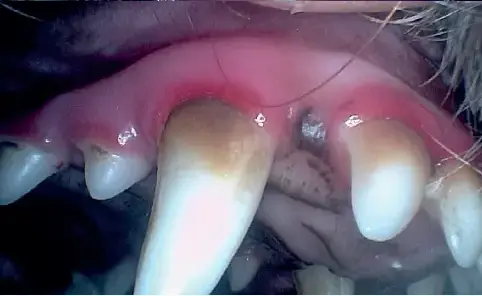

Again… not just for dental.
This camera can capture images to assist with your discussions with pet owners and record for future reference. These are some examples of how the camera can be used.

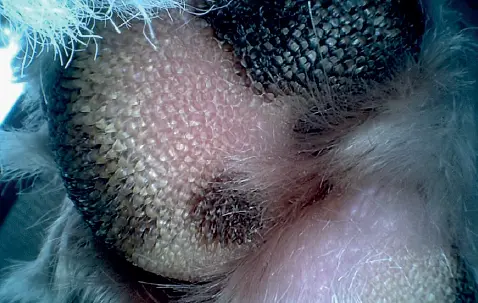
Financial Considerations
At Medvet Concepts, we offer comprehensive support for your veterinary imaging needs. Our specialists are available to visit your clinic to demonstrate both General and Dental DR systems. We handle the installation, training, and provide ongoing customer support.
It’s remarkably straightforward for the equipment to pay for itself. When you invest in the Medvet Concepts DR system, which includes the Size 2 and Size 4 DR sensors, diagnostic camera, Vatech mobile x-ray and cart, and laptop, the total cost is approximately $133 per week over a term of 5 years*.
Moreover, by efficiently capturing radiographs, you have the potential to save valuable time during the week, ensuring that you can accommodate more patients without compromising the quality of care.
Why we, and our clients love DR systems for dental radiographs:
- Immediate images (allowing for easy repositioning, and immediate diagnosis)
- Save time, so you can see more patients without compromising the quality of care
- Price
- Minimal consumables
- Large range of sensor sizes (Size 1, Size 1.5, Size 2 and size 4)
*Finance costs are current as at November 2023. For detailed information on package inclusions and finance options please contact us for a tailored quotation and information.
